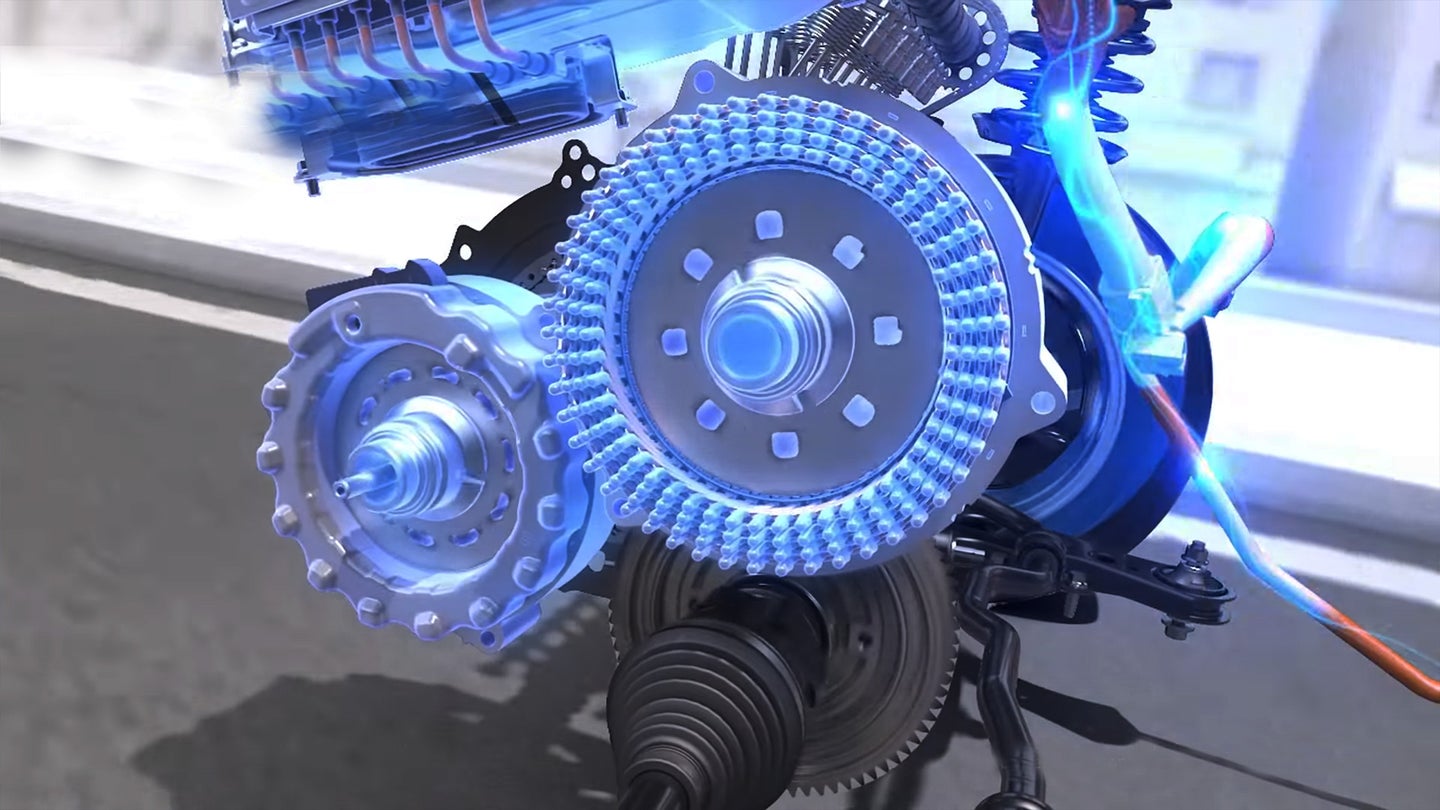The Evolution of the Toyota Hybrid Drivetrain
A two-decade retrospective on Toyota’s hybrid transaxle.

Since 1998, the Toyota Prius has been alive and well as the biggest-selling hybrid in the world. The technology has continued to evolve over the years, including four generations of the hybrid transaxle. The battery sub-system and ECUs for these vehicles have also continue to evolve, from the days of D-Cell batteries, NiMH, and now lithium packs.
John Jelly of Weber State University (WSU) - Department of Automotive Technology, has been making videos about engineering and breakdowns of certain vehicle components. In this series of videos, John attempts to show every generation Prius hybrid transaxle, and how they have evolved. The videos detail changes made, and includes component weights, detailed descriptions, and how things work. In the introduction video he discusses the new P610 Prius Prime transaxle—an astounding 70 pounds lighter than the first generation unit.

The Toyota Hybrid system is one of most proven alternative drivetrains in modern automotive history, with solid reliability and repeatable performance. The latest generation adds more power while also allowing for true EV operation at up to 85 mph. Much of this magic is a first for Toyota, and requires using both electric motors MG1 and MG2 to drive the wheels. In the previous-generation P410 unit MG1 was only used as a generator to reclaim lost energy while recharging the hybrid battery, and to restart the gasoline motor. This modern approach bridges the gap between full EVs and hybrid cars.
John Kelly @ Weber Auto
, First Gen Prius Transmission, WeberAuto